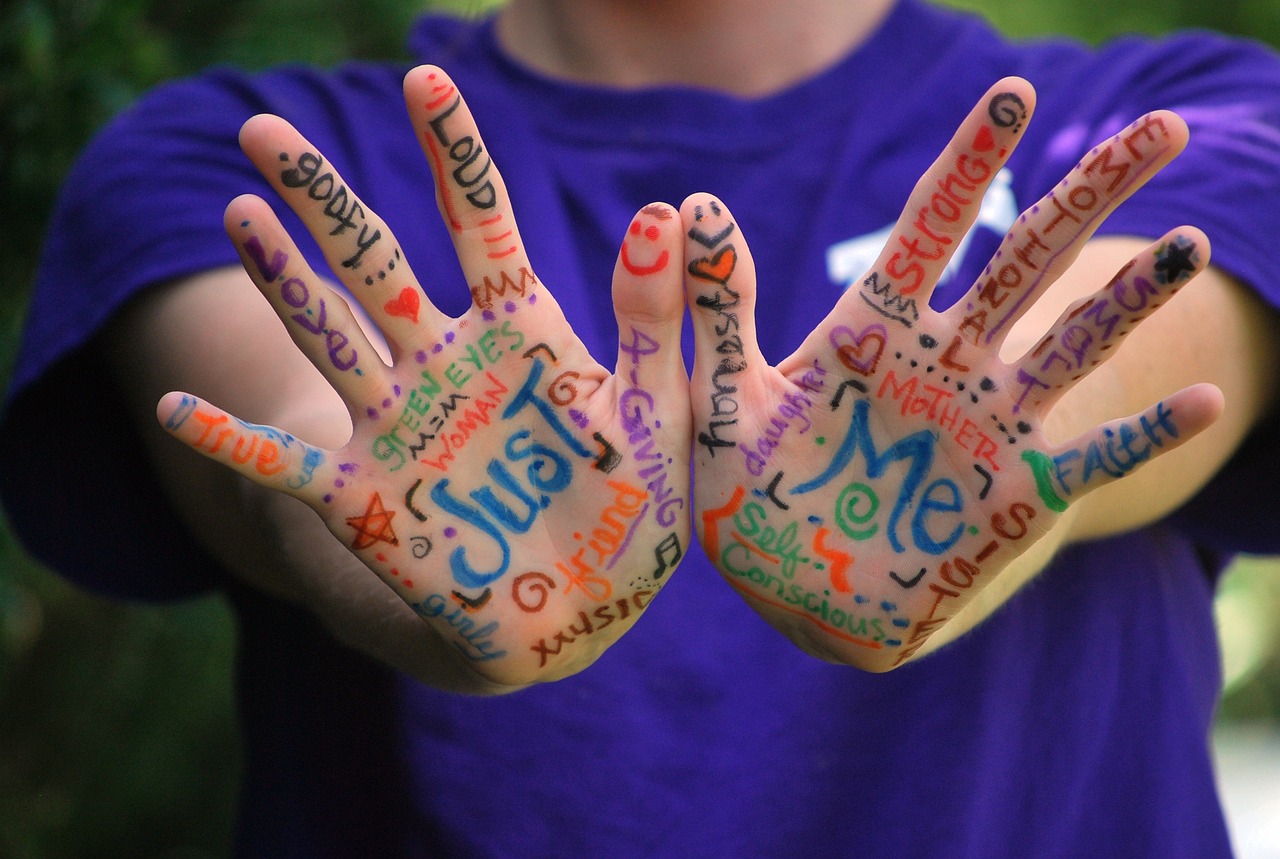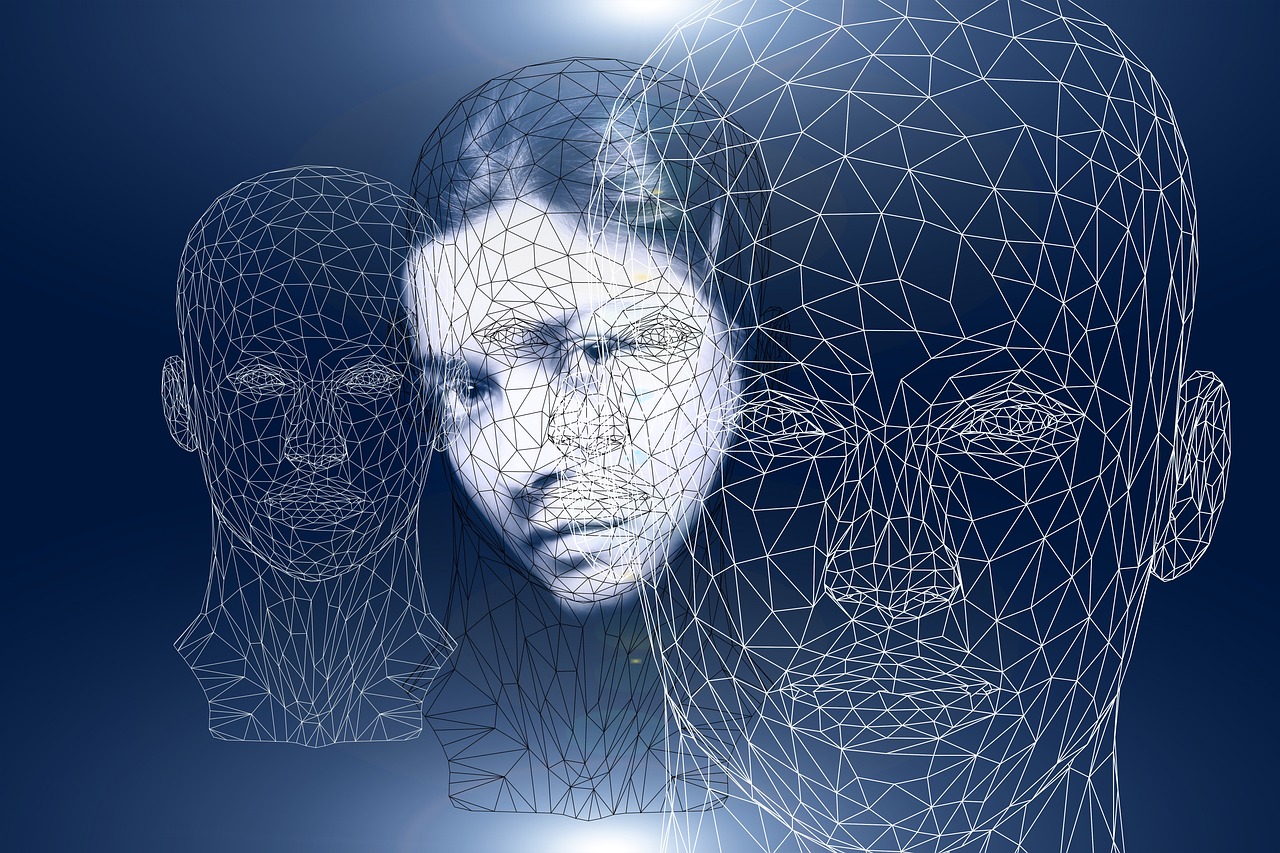Body language is usually considered a means of communication, and people use it to convey their emotions and intentions without using words. However, its applications are not limited to the external use. The posture of individuals, the gestures they make, and their facial expressions are the critical determinants of internal thoughts, emotions, and even performance of cognitive tasks. The mutual influence of the internal environment and the organism’s functional state is realized through the mechanisms of subtle physical cues, which are often outside the conscious field.
Realizing the impact of body language on the mindset can help in better managing the thoughts and feelings and, in turn, behavior and decisions. This article will discuss how body language impacts psychological state and cognitive function, including facial expressions and gestures that people use to communicate with themselves. The following will build on the previous discussion of the underemphasized aspects of non-verbal self-communication.
The Impact Of Posture On Self Perception
Posture is a very good determinant of a person’s self concept and how they feel in a given position as researched in psychology and neuroscience. This paper will discuss how posture affects mood, confidence and performance of cognitive tasks as well as other related factors.
The so-called power pose effect is one of the most well documented phenomena. However, the debates on the long term effects of the power pose are still ongoing, and the short term studies show that standing with straight posture, shoulders back and with an open stance makes the individuals to feel more confident and less stressed.

On the other hand, closed or contracted postures like slouching, arm folding or hanging the head low enhances the negative feelings. It has been established that these positions are associated with increased cortisol levels that are linked with stress and anxiety. In the long run, poor posture maintains the patterns of negative thinking, thus forming a feedback loop between the body position and the emotional state.
Gestures and Cognitive Function
Gestures are not just the addition to the speech, it is established that they are closely related to cognition and problem-solving. The research indicates that movement of hands improves memory, learning, and even conceptual thinking.
- When people use their hands to describe something they are trying to convey, they tend to express themselves better and remember what they want to say.
- Every movement, whether it’s repetitive, such as tapping the fingers or playing with objects, can be a sign of concentration or anxiety, depending on the situation.
- This finding indicates that restricting hand movement during conversation is detrimental to verbal fluency, suggesting that gestures are not only a means of communication but also an enhancement of cognition.
The relationship between movement and thought is visible in children with learning difficulties who are prevented from gesturing. Similarly, everyone can benefit from the use of expressive hand movements to sort thoughts and avoid distraction.
Facial Feedback and Emotional Output
Facial expressions are not only a way of showing emotions but also a way of contributing to them. The facial feedback hypothesis is the idea that expressions affect the internal emotional processes. This means that smiling, even if it is done on purpose, can improve positive affect, and frowning can intensify negative affect.
Neurological studies have established that the physical act of smiling actually activates sections of the brain that are linked to pleasure, which can induce positive mood on its own, independent of external triggers. As for the reverse, manifestations of tension, such as a furrowed brow or clenched jaw, can increase the level of stress, making any difficulties in our life look insurmountable.
In social relationships, facial expressions influence the perception of self and others. Those individuals who have a neutral or slightly positive facial expression are considered to be more friendly and approachable, which in turn affects their social comfort.
The Role of Mirroring
One of the most subtle yet most powerful forms of body language is mirroring, which is the imitation of the posture, gestures or facial expressions of the people we interact with. This behavior increases the levels of comfort and creates a feeling of unity. Apart from its use in interpersonal communications, mirroring also influences the perception of the self. When people assume confident body language, they will feel more confident. The same is true for stress; if a person is regularly surrounded by people who have body language of anxiety, the person may start to exhibit the same emotional behavior. Knowing the mirroring processes that are taking place in a given culture assists in the regulation of emotions and the direction of the interactions towards positivity.
The Impact of Body Language on Stress Management
Stress responses are very much dependent on the body language, and this often happens without our awareness. Postures, such as with arms crossed, head down or body hunched up, enforce the feeling of insecurity and anxiety. These postures tell the brain that the environment is dangerous, and thus it prepares the brain to experience more stress.
On the other hand, calm and relaxed body positions are beneficial in managing the stress hormone cortisol and the feeling of calmness. Other techniques include slow movements and controlled breathing, which increase the stress resilience through the message that one is in control of the situation.
Some basic changes like standing straight during difficult conversations or making intentional and slow movements can reduce stress responses and increase awareness.

Habits of Body Language That Support a Strong Mindset
In order to build confidence and strength of character, it is crucial to become aware of the physical behaviors and make changes towards them:
- Posture Awareness: This makes one aware of slouching and thus ensures that one maintains an upright and confident posture throughout the day.
- Controlled Gestures: The utilization of intentional hand motions when speaking enhances the communication and decreases the chances of cognitive disarray.
- Intentional Facial Expressions: The presence of a neutral or slightly positive facial expression can impact both the mood and the way interactions with other people are developed.
All these small but consistent habits lead to long term changes in self-perception and emotional regulation.
Body language is a key component in the management of one’s internal thoughts, feelings and cognitive factors. This is usually regarded as a means of expression other than the verbal channel, and the non-verbal cues are known to determine the mindset in a particular way. Through an increased awareness of the body, the posture, and the gestures, and the face, people can develop a better and more positive mental framework.
The body and mind are not merely connected but interdependent such that the physical state modifies the perceptive, the persistent, and the emotional. The effects of body language are not merely evident in social contexts, it also has an impact on confidence, stress, and cognition. This realization and implementation helps in improving the overall understanding of the self and the ability to steer clear of the mental and emotional processes.


